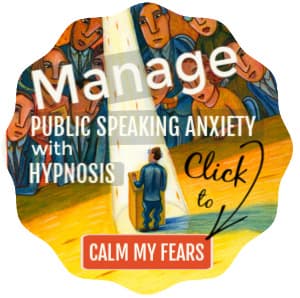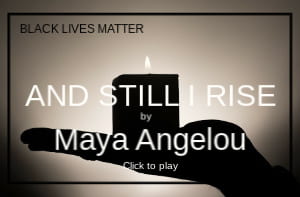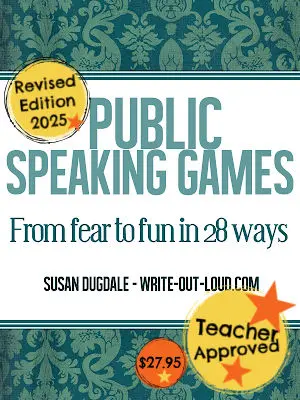- HOME ›
- Speech delivery ›
- Building audience rapport
Building rapport - building harmony
How to engage effectively with your audience
By: Susan Dugdale
"Building rapport" is the name given to the process of creating an understanding and harmonious bond between yourself and someone else.
When rapport is present you feel at ease, happy and comfortable in the other person's company. Your conversation flows effortlessly without any awkward pausing.
You've "clicked"! You feel seen for who you are: understood, respected and valued. Loved.
Rapport and public speaking
rapport [rap-pore]
noun
a sympathetic relationship or understanding [French]
Related or similar words - bond, relationship, link, tie, sympathy, harmony, affinity, empathy
For the public speaker that someone else you're seeking to build rapport with is not a single person. It's your audience, and good rapport with them, ensures your message will be actively listened to.
What happens without audience rapport
Have you ever stood in front of an audience and known you weren't being listened to? Have you watched yawns being stifled, caught people peeking at their phones or muttering quietly to their neighbors?
I have and the more I've tried to rescue the situation, often the worse it got.
So what was going on?
I get it right most of the time and count myself as a good "people" person. I like people and mostly they like me. However when they'd rather I stopped talking immediately, I am obviously missing something critical!
With reflection and analysis I discovered that something was actively building rapport.
What happens with audience rapport
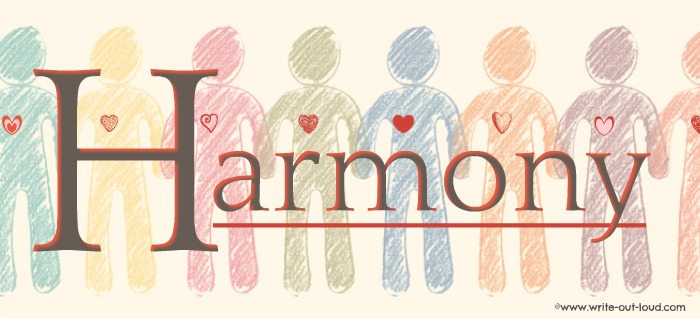
Rapport is what happens when you have everything in harmony. Your speech is right. The audience receives it well. They enjoy listening to it as much as you enjoy delivering it.
However that happy harmonious state doesn't occur without conscious effort.
The elements of audience rapport
The very first thing I learned was that building rapport meant focusing on the audience. Not me, but my audience.
I had "to get over myself, to get out of my own way", to stop making myself the principal focus of my attention.
To achieve the synergy I pictured in my imagination I needed to tailor my presentation to fit who was listening to it.
Understanding your audience
I needed to know:
- who my audience was. What was their age range, the gender mix, their ethnicity, shared cultural values, religious or group affiliations, primary language, educational level, and how much did they know about my topic already...
- why they were there to listen to me. Were they there because attendance was compulsory, voluntary (out of interest), to have a problem solved, or to show support...?
- what their concerns were. I needed to find out if the audience carried any specific issues around my topic? Were they neutral, in agreement, or against it?
- what their expectations were. Did they expect a formal presentation, an opportunity to ask questions and get answers, a show and tell...?
- what their vocabulary was. Were they familiar with the specialized vocabulary (jargon) around my topic? If I used it would I alienate them?
- what their general beliefs might be. Were they at variance with my topic? Or were they in-line or congruent?
- what they had in common with me. What do we share? Are our background experiences or living situations similar?
Then using all that information I could shape my material to genuinely meet them.
First impressions count
The other ingredient crucial to the mix was truly understanding that first impressions count.
A speaker has approximately 5-10 seconds from the time they stand up to talk to lay the foundation for empathy or good will.
In summary...
Nine rapport builders are:
- dressing and grooming appropriately for the occasion.
If it's formal, you're there in smart business attire. If it's informal, the clothes you're wearing reflect that. (If in doubt ask. Don't be that person who stands out for the wrong reasons.) - being organized, ready with suitable content. Your material is relevant, fresh, and crafted to meet the audience's needs, and the time allocation you've been given.
- demonstrating in your opening statements that you know who you're talking to because you've done your homework.
You've got an appropriate opening hook: a self-deprecating anecdote or personal story, a startling statistic, or an intriguing rhetorical question, that will immediately let your audience feel good about listening to you. - using inclusive language: "we" rather than "I". "I" statements emphasize separateness and distance between people.
If you use too much of "I this", "I that" and "I something else" in a speech you're likely end up alienating yourself from your audience because you will have shown yourself to be, literally, too full of yourself.
- identifying and emphasizing your common ground respectfully and sincerely. When you highlight your areas of mutual experience you create trust and when there's trust, an audience is more likely listen to what you have to say. The shared experiences become steppingstones into the heart of your presentation.
- avoiding jargon, including popular business jargon whose only purpose is to make the speaker and the subject they're talking about seem more complicated and elevated than it is.
Here's a Grammarly article that covers it well: 14 business jargon phrases people love to hate.
No more blue sky thinking, please. No more circling back, learnings, or moving of goal posts!
The very best thing you can do with phrases like these is to mix and match them for a giggle. To that end, the people from Plain English Campaign have created a Gobbledygook generator.
It gave me these hilariously silly gobbets of ridiculous nonsense: "Our upgraded model now offers holistic transitional alignment." and "I can make a window to discuss your systemized digital options." ☺
- showing that you're human too by sharing personal experience in the stories you tell.
- being mindful of your body language and making eye contact. Do you stand tall? Do you move purposefully? Do you look and feel confident?
- understanding the full impact of your vocal delivery. How do you speak? Is your voice soft? Loud? Are your words well-articulated so that everybody can understand you easily? How fast do you speak? Do you vary the speed? Do you use pauses well? What about fillers? Do you "um" or "ah"?
How you use your voice directly influences how people respond to what you're saying. And there is often a very large gap between how we think we use our voices, and how we actually do.
The gift exchange between audience and speaker
Having an audience is a privilege. Their gift to you is their presence. The gift we give in return is recognition.
Carefully building rapport carries a potent message: "I see you. I understand and respect you." It creates trust and where there's trust there is willingness to follow, to listen.
In essence building rapport is about identifying similarity. When we show an audience, we are like them, we find a mutual starting place for the shared journey of the speech.
P.S.
I discovered a couple of gems as part of learning about building audience rapport.
The first was the more I focused on the audience and their needs, the less self-conscious and fearful I became as a speaker.
The second falls into the category a friend calls: "startling observations on the obvious".
It is much easier to give speeches or presentations to people we intuitively understand. These are people like ourselves and the people we make our friends.
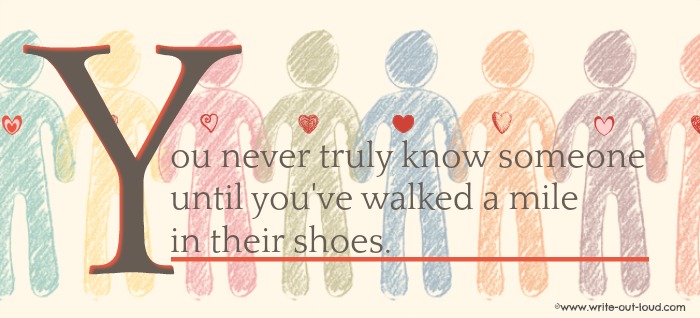
To build rapport with people who don't share the same interests, background or beliefs we have to step out of our shoes, out of our comfort zone, and into theirs. It's harder however I know the rewards in understanding are worth the effort.

